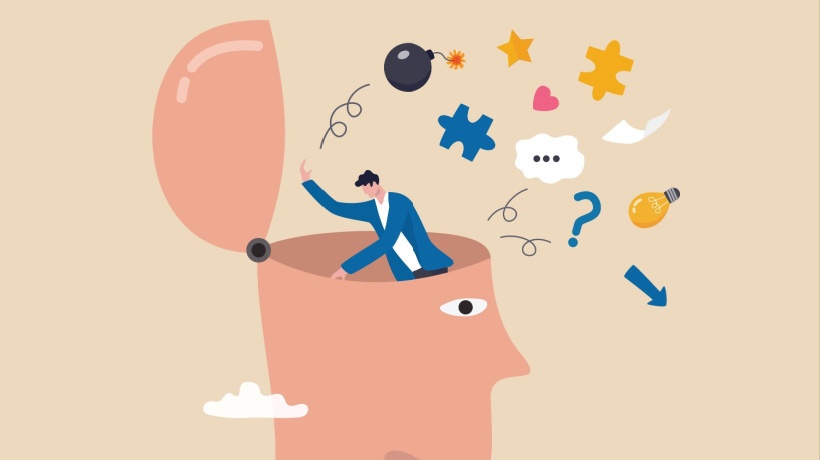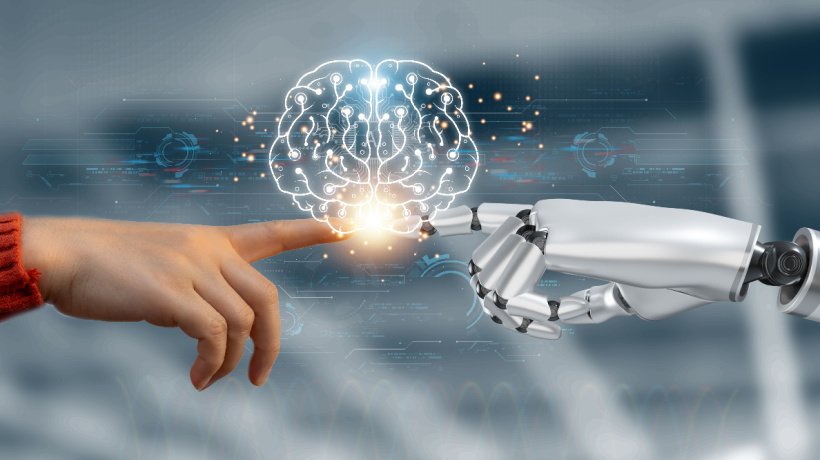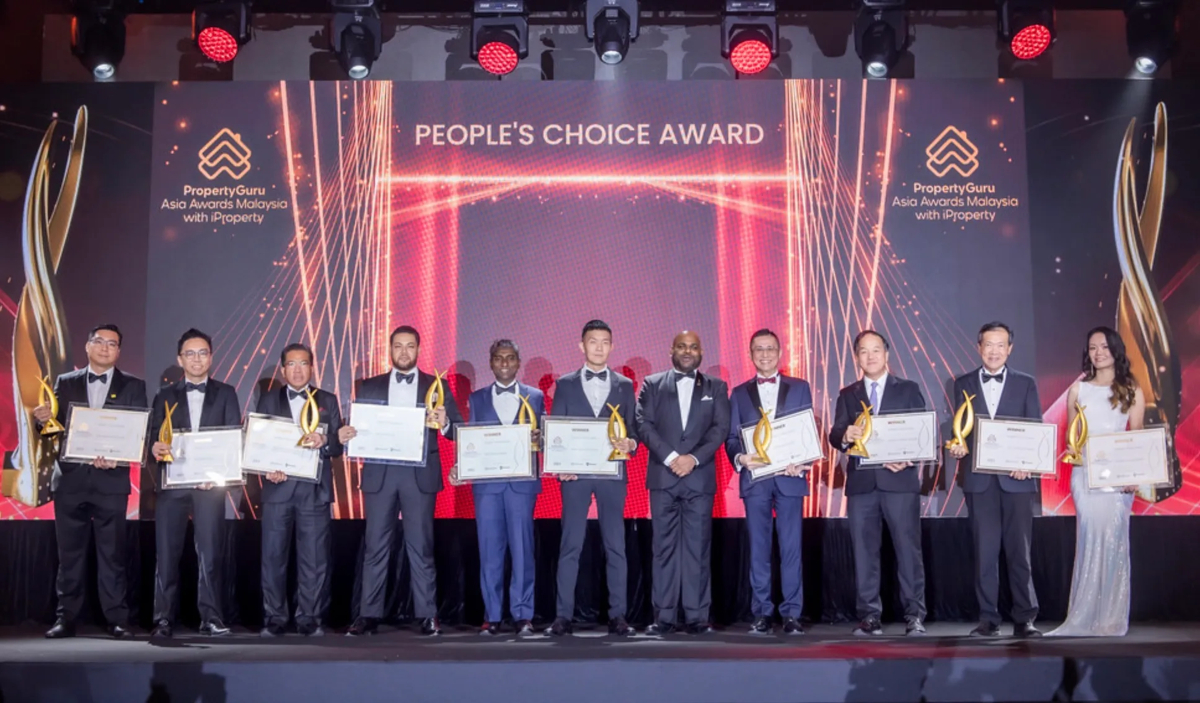
Brain-Compatible Techniques To Enhance Memory Consolidation
Think about how often we struggle to remember something important. Is it because our attention spans are diminishing, or are we overloaded with information? Have we even been taught useful recall techniques that actually work for us? No matter the reason, it seems that old-fashioned methods—like rote memorization—haven’t been the way to go for a while. Now is the time to revamp educational practices to engage the modern learner and deliver attention-grabbing learning opportunities with long-lasting impact. To discover how to make the most out of the brain’s incredible capabilities, we outline some memory consolidation techniques based on neuroeducation-backed insights and research that will truly transform how we learn and retain knowledge.
Establishing Efficient Memory Systems With Science-Backed Mnemonic Techniques
Over the years, academic discourse and educational trends have vouched for many study methods, recall techniques, and mnemonic devices as second-to-none retrieval practices. While many of these tactics still inform a great deal of the in-demand studying skills, they can sometimes prove impractical or lead to a false sense of fluency. Either they’re too complex, too structured, or too rigid to address and accommodate a diverse pool of learning needs. This can pose a significant issue, especially if we aspire to transition beyond the one-size-fits-all approach.
Thankfully, neuroeducation, leveraging a blend of neuroscience, pedagogy, and educational psychology, has developed fresh ideas on how memory is consolidated. Ensuring efficient memory systems is an integral aspect of learning the neuroeducation way. Specifically, neuroeducation-based memory consolidation practices demonstrate the combination of manifold techniques that the brain requires to grasp, retain, and recall information, as established by neuroscientific findings.
These findings are not only evidence-based but also evolve and change over time along with our understanding, moving us further away from the rote memorization paradigm. Keeping up to date with these discoveries allows educators to continuously polish their methods, facilitating brain-compatible, context-appropriate, and tailored pedagogical experiences. The goal is to illustrate how the brain’s natural learning systems operate, establish organic and long-term knowledge acquisition practices that lure attention, boost learning results, and encourage retrieval in the long term.
5 Neuroeducation-Driven Practices That Consolidate Information Retention
Since memory consolidation depends heavily on attention, implementing actions that simultaneously strengthen mnemonic capabilities and attract learners’ focus is the way to go. The following list contains 5 neuroeducation-backed memory consolidation techniques, along with some activity recommendations for your next study session or course.
1. Teaching Others
Teaching another person can greatly solidify knowledge acquisition and retention. This method is an active combatant of rote memorization, as it encourages learners to devote their attention to understanding the material thoroughly, initiating complex cognitive processing in preparation for teaching. Moreover, to convey the meaning of the given concepts to their peers, they must first translate the material into simpler terms, which streamlines the learning process. Lastly, the practice of teaching others establishes a live feedback loop: learners teach, their audience delivers questions, asks for clarifications, and makes observations that aid in further cementing knowledge gain.
In Action
- Presentation projects: Based on a variety of topics, assign learners to create and deliver presentations to their peers.
- Peer tutoring: Create pairs of tutors and tutees. For optimal results, switch roles regularly.
2. Hands-On Practice
Through experiential learning and active engagement, hands-on practice facilitates understanding and retention. Typically involving a variety of sensory inputs, these exercises allow learners to physically interact with the material, prompting the establishment of stronger neural connections and deeper cognitive processing. In addition, because these practical activities are stimulating for the senses, they captivate learners’ attention and allow them to practice different skills, such as problem solving and critical thinking, which further enhance their engagement and performance in the long term.
In Action
- Experiments: Apply theoretical knowledge in practice through experiments to observe reactions and outcomes.
- Object manipulation: Explore how different materials interact with each other—for example, through mark-making or cross-sensory activities.
- Modeling: Build physical models that represent different concepts or structures to enhance understanding and practical application.
3. Repetition
Repetition is a fundamental mnemonic strategy that enhances knowledge acquisition by engaging the neural pathways associated with the provided information. This ensures that the information we have repeatedly processed will be readily obtainable when needed. In neuroscientific terms, the more the synapses associated with the information are used, the more efficient they become at transmitting the required signals. Hence, repeated exposure to the material strengthens neural connections, making the retrieval process much easier in the future.
In Action
- Flashcards: Learners create and regularly review flashcards of key terms and concepts. Typically, one side of the flashcard contains the term/concept/prompt, and the other the answer.
- Drills: Deliver structured practice sessions where learners regularly and repeatedly engage with the material to reinforce learning.
4. Spaced Learning
Practicing spaced learning requires spreading study and practice sessions over time instead of cramming in one sitting. This memory consolidation technique leverages the spacing effect—the idea that we retain information more efficiently when we periodically review it over extended periods—which reinforces the durability of the acquired knowledge. Spaced exposure is also a great way to reduce cognitive overload and burnout while allowing for improved performance and outcomes.
In Action
- Retrieval sessions: Revisit notes, materials, and activities, either in person or through an LMS, during scheduled sessions.
- Cumulative quiz: Reintroduce and reinforce taught concepts and topics by combining prompts and exercises from prior and current material.
5. Interleaving
This memory consolidation technique improves problem-solving abilities, enhances critical thinking, and strengthens mnemonic capability for long-term retention and retrieval. Interleaving is founded on the idea of mixing learning subjects and concepts within a single study session, instead of focusing on one topic for a prolonged time frame. This approach not only refreshes students’ interest by combatting cognitive inertia but also challenges the brain to continually decode, process, retrieve, and apply a diverse range of problems and solutions in varying contexts.
In Action
- Cross-disciplinary study sessions: Alternate between two or more distinct subjects to keep the brain actively engaged and alert.
- Mixed problem sets: Provide an assortment of problems that includes related yet distinct subjects that allow learners to switch between different types of thinking and solving methods.
Conclusion
Traditional learning environments often fail to capture and maintain learner attention, which can tank information retention and retrieval. To redefine and rejuvenate educational experiences and ensure long-lasting impact, let’s turn to science. These neuroeducation-driven memory consolidation techniques are versatile enough to cater to the rich diversity of learners present in corporate and educational spaces. Now, learners can enjoy the journey and keep the knowledge gained as a keepsake for a long time.







